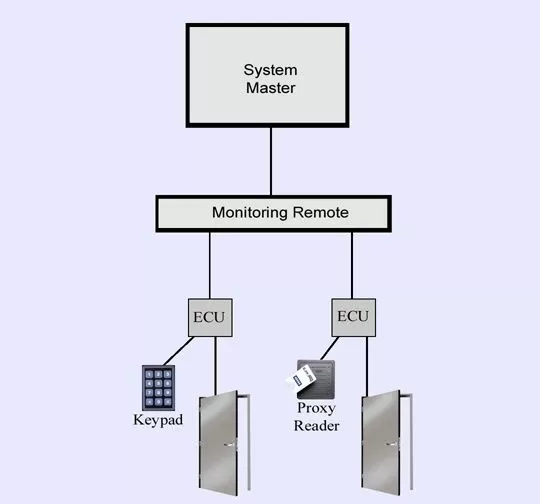Check out our White Paper Series!
A complete library of helpful advice and survival guides for every aspect of system monitoring and control.
1-800-693-0351
Have a specific question? Ask our team of expert engineers and get a specific answer!
Sign up for the next DPS Factory Training!

Whether you're new to our equipment or you've used it for years, DPS factory training is the best way to get more from your monitoring.
Reserve Your Seat TodayYour SCADA's (Supervisory Control and Data Acquisition) remote terminal unit (RTU) buffering capabilities are important so you can store data until your Master Station picks it up.
When shopping for a manufacturer that provides you with good SCADA logging capabilities, keep the following questions in mind:
Let's take an in-depth look at these questions and how to land the right manufacturer that provides you with a SCADA system best suited for you.
It's important to understand the difference between polling and asynchronous master stations when it comes to SCADA.
Polling refers to a master station, from time to time, requesting data from remote terminal units (RTUs) in a sequence.
This would require each RTU to:
This is a useful installation if you work in an environment that requires all RTUs to be online at all times.
Asynchronous master stations on the other hand allow for multiple RTUs to communicate with a master station at the same time.
The great thing about asynchronous master station monitoring is:
The negative side of asynchronous RTU monitoring, however, is that you will not be able to tell when a device goes offline.
This is a huge problem, especially if your remote devices are critical to your operations.
Polling allows for more accurate data collection since it ensures that each RTU is responding and being polled in a specific order.
This also allows for better control and management of multiple RTUs because of the following factors:
While asynchronous communication promises you better network security through built-in redundancy in SCADA, a good manufacturer offers you polling SCADA systems that also offer redundancy, which covers both concerns.
Choosing between a polling vs asynchronous master station depends on your specific application's needs. Here are some things to consider:
An asynchronous station is good if you are willing to let some interoperability and data logging slip by you. If one of your devices goes offline, you will need separate monitoring to be able to identify it and promptly fix it.
Whether you choose to go the polling or asynchronous route, you need to consider the logging capabilities and interoperability of the SCADA system that you're looking at.

Logging capabilities are the ability to store data in the case of communication failures between the RTU and SCADA master unit due to conditions such as:
Make sure that you ask your SCADA manufacturer about how big their event buffer is, and for how long it is stored. For example, does it store 100 events on short-term volatile memory? Or is it storing over 10,000 events at a time on non-volatile memory in SCADA?
If it's the first option, you are risking all of your data being lost in the event of a failed dial attempt or power outage.
If it's the second instance, then you are safely storing a large amount of collected data that can also later be combined with AI (artificial intelligence) and used to create:
DPS constantly strives to improve its SCADA system lineup, including things like:
There was a time when DPS' RTUs stored their data buffers on volatile short-term memory. If the dialer failed to dial the RTUs, the data stored was lost forever.
However, now we have improved RTUs such as the NetGuardian G6 with an M16 interface that writes events to non-volatile memory (close to 10,000 events).
We are excited to develop AI tools. These tools will help you find trends and predict data. This will allow you to run your infrastructure smoothly and efficiently.
If you are interested in the information, have questions, or want to collaborate, please contact me.
Even if we can't find a solution working together, I will do my best to help point you in the right direction.
Give me a call at 1-800-693-0351. You can also send an email to sales@dpstele.com

Ziad Alezabi
Ziad Alezabi is a Application Documentarian at DPS Telecom. He reviews successful DPS client projects and reports on the best practices that you can use to successfully reach your own project goals.